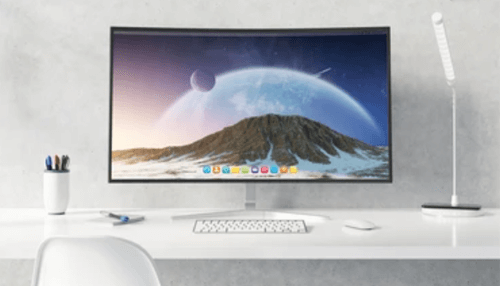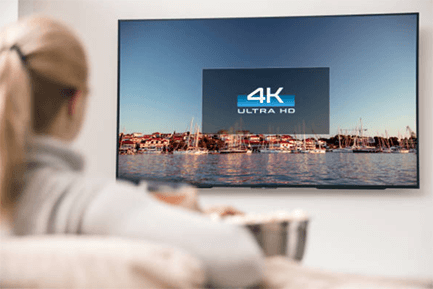The monitor is an essential aspect of your computer ensemble. It is the soul of a computer system, displaying images and attractive visuals that make your work easier and delightful. But it is not only about the display but also the efficiency with which the monitor functions.
A higher response time is the worst nightmare for gamers and virtually any professional who is in a rush to get the job done. Hence, you must take into account the display and some other characteristics while purchasing a monitor.
Expectations and prerequisites differ depending on your purpose for buying it in the first place. For example, if you are using a monitor for gaming, your expectations will be different from those of the person who is using a monitor for share trading.
Before munching on trusted review sites like officeconsumer.com to find a better monitor, here are certain factors to consider while buying a monitor for professional purpose:
Monitor’s Resolution
The resolution of a monitor defines how sharp the images displayed on the screen will be. In technical terms, resolution tells you how many pixels a monitor contains in the width x height format.
While buying a monitor using online shopping platforms, you must prioritize the resolution factor, irrespective of your purpose.
Even for professional purposes, your monitor must have a good resolution to show clearer visuals on the screen. Usually, 1920 x 1080, also known as Full HD, is the minimum resolution that you need. However, you will get sharper and clearer images with QHD and a higher sharpness level of 4K.
Size of the Monitor
Size is another factor that you need to consider while buying a monitor because, with higher resolution, the monitor will provide clearer, enlarged images to you. Pixel density is an important factor that impacts the picture quality of a monitor.
A larger screen has lower picture density if it has a lower resolution. Hence, you must purchase a 32-inch monitor with a higher resolution or 4K resolution, and such a monitor combination is easily available online.
Refreshing and Upgrading rates
The refreshing rate helps you determine the number of times a monitor updates information per second. In other words, it is the refreshing frequency of a monitor and is measured in hertz (Hz).
Logically speaking, a higher refreshing rate will provide better, smoother, and less choppy visuals. Usually, 65 Hz is enough for a monitor for general or professional use. This frequency, combined with a shorter response time, is a golden combination for you to accept.
Response Time of Monitor
Response time helps you determine how much time your monitor takes to change its pixels from blank to white. The rule of thumb to follow here is that monitors with shorter response times provide better images.
A longer response time provides motion hours while streaming videos, movies, etc. This is usually a factor of priority for gaming monitors and can be considered secondary if you are buying a monitor for professional reasons.
However, you must purchase a monitor with a considerably shorter response time to help you finish your tasks faster. While gamers prefer a response time less than or equal to 5 ms, you can choose a higher response time for a professional monitor.
Considering a Curved Monitor
A monitor’s shape is another factor that you may consider to make your visual experience more immersive and intriguing. A curved monitor provides a larger field of view and is considered less straining to your eyes.
If you need a monitor for professional reasons, you may find yourself working in front of it for hours together. In such cases, you would prefer a less eye-straining monitor. A curved screen is a better option for you. However, these screens are also prone to glare when viewed from certain angles. Hence, be sure to adjust yourself in such a way in front of a curved monitor to avoid this glare.
Monitors are an important and essential aspect of every computer system, and hence, it is vital to purchase the perfect monitor that suits your requirements. Monitors are easily available in a variety of online and offline electronic stores. However, it is tedious to search for the right model if you don’t have the right factors in mind.
Some of the critical factors to consider include resolution of the screen, size and shape, response time, refreshing speed, etc. These factors must also be prioritized depending on your purpose of purchasing a monitor.
For a professional monitor, resolution and refreshing frequency are of paramount importance. Therefore, if you have the factors straight, you can easily purchase the perfect monitor for you.





